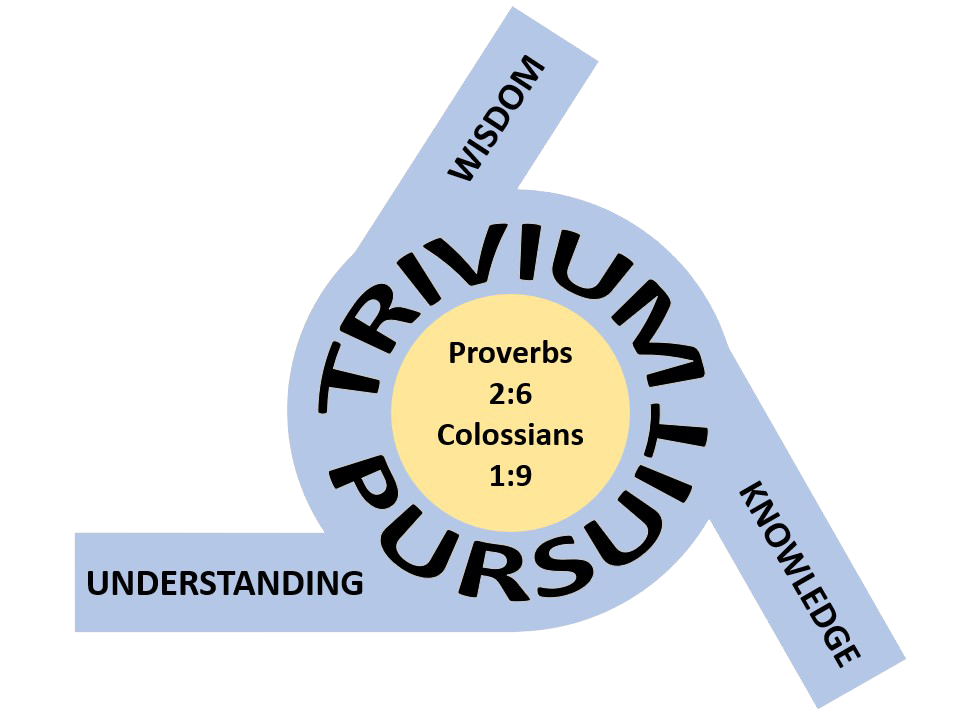I just read the article Math and Pencils, and I wanted to share something that might prove helpful. I hope you will consider this information.
My son was also allergic to his pencil. We used Saxon and he hated it. When we did the practice tests at the beginning of each lesson he would take an average of 17 minutes to complete it when he had a pencil in his hand. If I went over the quiz orally, he was under 3 minutes. Frankly, I thought he was being lazy or was just distracted.
His handwriting in general was also less than desirable.
I stumbled across an article about dysgraphia in a homeschool magazine and my son lined up perfectly with some of the characteristics of someone with this challenge.
After I realized that it wasn’t about being lazy or distracted, I made a few modifications to how we learn, and he blossomed. He is a very bright child but he couldn’t produce the words/answers in his head in written form. His memorization skills are off the charts, but his writing skills are sub par. We allow him to type much of his work, and over time, his written math work (we use CTC Math now) has greatly improved — no more 2-hour sessions to get 20 problems done.
I hope this might help someone who has similar problems.
Blessings,
Carol

I have recently come to learn more about dysgraphia in Dianne Craft’s book The Brain Integration Therapy Manual. She discusses how the right and left brain don’t communicate well in some kids, leading to difficulties in reading and writing smoothly. She also discusses 4 “learning gates” and has targeted therapy exercises for “glitches” in each. I have found the book to be very helpful in several of my children who are finding it more difficult than needs be to read and/or to write. Her website is http://www.DianneCraft.org. I think this would be a big help to parents and children who struggle with these issues.
Thank you for sharing this Carol. It has helped me immensely.